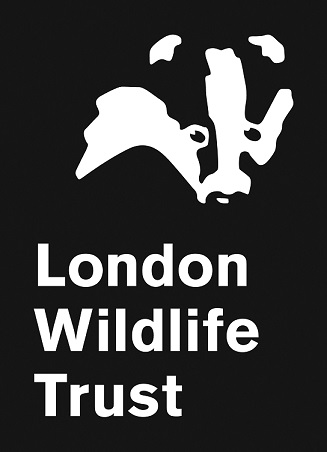
Hedgehog credit Tom Marshall
Help us find London's hedgehogs
London's hedgehogs are in trouble, with the city's population falling by nearly a third since 2000. We need to act fast to reverse this decline, but we can only do this with your help.
In the 1950s there were around 30 million hedgehogs in Britain, but today the number is less than one million. In London, these spiky beetle-eating mammals have virtually disappeared from many parts of the city, with only one last breeding population currently recorded in central London, in an area of the car park in the Outer Circle of The Regent’s Park.
We're now calling on everyone in London to help us reverse this shocking decline, and ensure our hedgehogs can continue to live in the city for decades to come. With a few simple steps, we can all do our bit to help.
One of our biggest priorities is recording where hedgehogs live in London, so we can build an accurate picture of where our help is most needed. If you have seen a hedgehog at any time and in any part of the capital, please fill in our online form and record your sighting!
Mapping London's hedgehogs
All your sightings will be added to our interactive hedgehog map below, where you can click on the icons to discover more about each sighting. This map includes all sightings we have received since April 2017 and is therefore not necessarily an accurate indication of their distribution. However, the more records we receive, the better our understanding of hedgehog whereabouts becomes.
It doesn't matter if you saw the hedgehog years ago, it's still valuable information.
Keep checking back to see how much our map is growing!
What's caused hedgehogs to decline in the capital?
- Lifeless gardens: increased paving, artificial lawns, decking, and tidier and less natural gardens in general, all contribute to the loss of London's hedgehog habitat.
- Barriers to movement: more fences and busier roads make it harder for hedgehogs to hunt for food - and find a mate - while also making movement more dangerous.
- Decline in prey: with falls in the numbers of many of the small animals that hedgehogs eat, such as beetles and other insects (caused in large part by the use of pesticides), there is an inevitable knock-on effect.
We know that creating a city with healthy, connected wildlife habitats is the essential first step in helping our local hedgehog population recover. But we can't do it alone - everyone who lives in London has a part to play.
Simple steps to helping hedgehogs in London
- In gardens or community spaces, create habitats such as rough grassland, scrub, hedges, shallow ponds, log piles and compost heaps;
- Create 'hedgehog highways' by simply cutting a hedgehog-sized hole (13x13cm) in your fences;
- Build a hedgehog home, using a waterproof box and organic material, where hedgehogs can hibernate in winter;
- Let your garden grow wild to encourage beetles and other tasty insects;
- Set up a feeding station offering meaty pet food and water;
- Remove litter, which harms all kinds of wildlife;
- Keep alert to your dog interacting with hedgehogs, as dog bites frequently cause injury to hedgehogs.
- Keep domestic drains covered, as hedgehogs can fall into them and get stuck;
- Check bonfires before lighting, ideally building them on the same day they are lit;
- Keep your green areas green by avoiding paving, decking, and artificial lawns
- Support our work helping hedgehogs by becoming a member of London Wildlife Trust
I've found an injured hedgehog, what should I do?
Unfortunately, the Trust is unable to take injured animals or offer anything other than general advice about animal care and welfare.
If you have found an injured hedgehog, or are concerned about a hedgehog, (any hedgehog out during the daytime is likely to be in need of veterinary attention), please contact London Wildlife Protection on 07909 795 064 or British Hedgehog Preservation Society on 01584 890 801.
